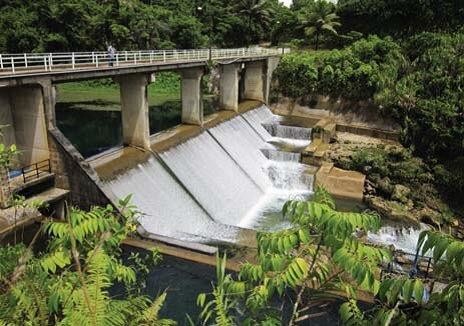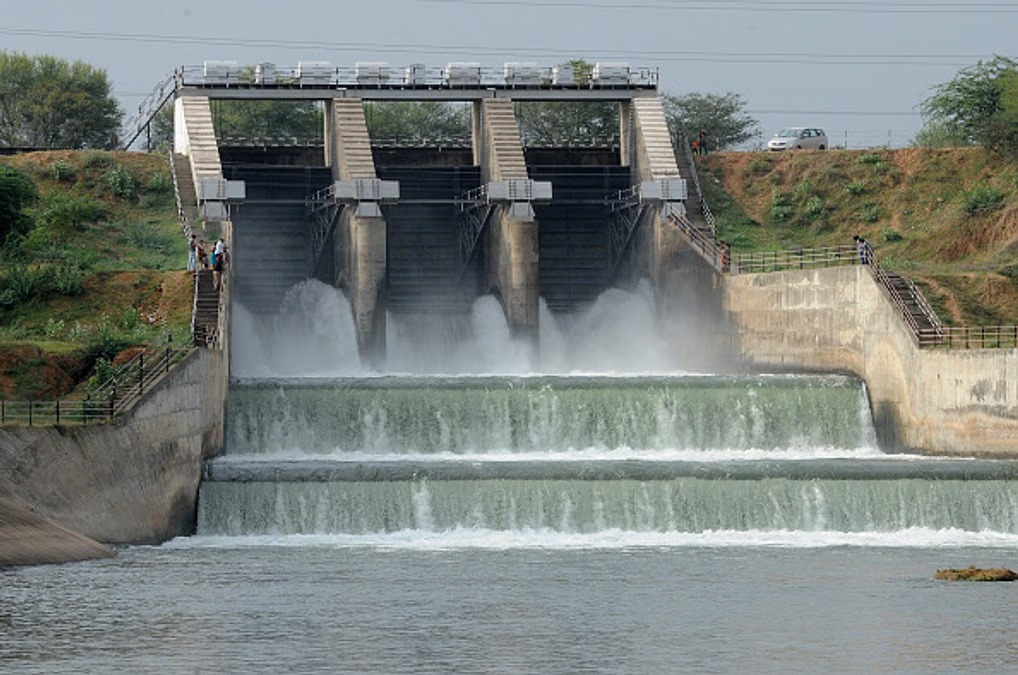
Richard Butler | Exclusive Report by SABRINA TABI of DAILY POST VU | 5TH JULY, 2024
The island of Santo is on course to becoming fully powered by renewable energy by 2027, through the expansion of its hydroelectric capabilities, with a new hydro plant to be established downstream from the existing one, through the support of the Japanese government.
This significant development was announced by the Minister of Climate Change Adaptation, Ralph Regenvanu, and the Director of the Department of Energy (DoE), Anthony Garae, during the official handover of the Planning Framework Tool and Capacity Expansion Tool, from the Australian government to Vanuatu on Wednesday in Port Vila.
The Director emphasised the importance of these tools in Vanuatu’s transition to renewable energy stating, “to achieve 100% renewable energy, Santo will be the first to transition, and this is expected to happen by 2027”.

Minister Regenvanu commented on Vanuatu’s broader energy goals as outlined in the National Energy Road Map (NERM), relaying that Vanuatu’s NERM provides a clear pathway for the government to supply electricity from renewable sources.
“The objective is to ensure that our energy supply is renewable and does not depend on mazut,” Regenvanu explained.
Vanuatu has been steadily advancing its renewable energy agenda. Last year, the Brenwei Hydro Project in Malekula, with a capacity of 500 kilowatts, was officially launched. Currently, Santo has one operational hydro plant, Malekula has one, and Pentecost is supported by four Pico hydro systems.
Despite these successes, challenges remain for islands like Tanna and Efate, which have yet to transition to significant levels of renewable energy.
The tools handed over by the Australian government are expected to play a crucial role in guiding Vanuatu’s energy transition.
The Planning Framework Tool and Capacity Expansion Tool will help the DoE and other stakeholders to strategise and implement the necessary steps to reach the 100% renewable energy target by 2030.





